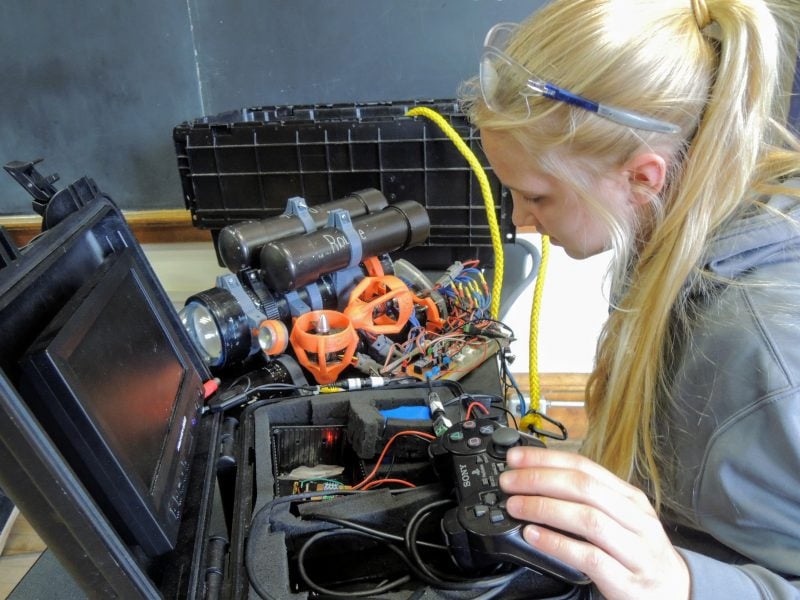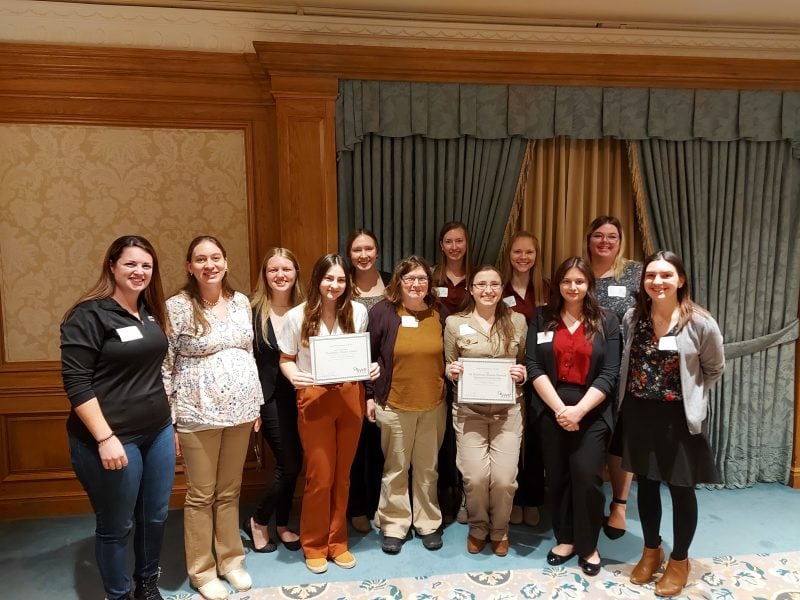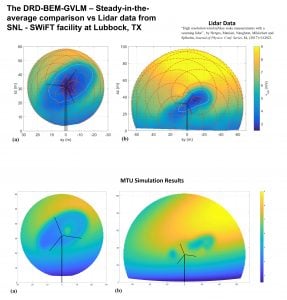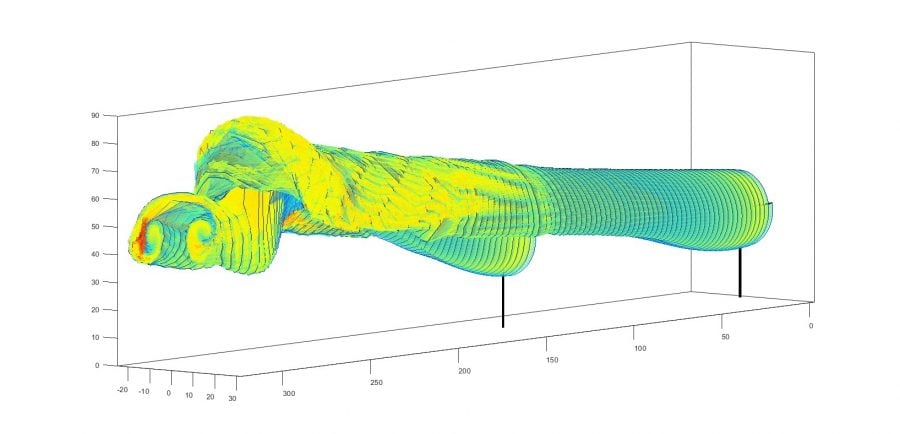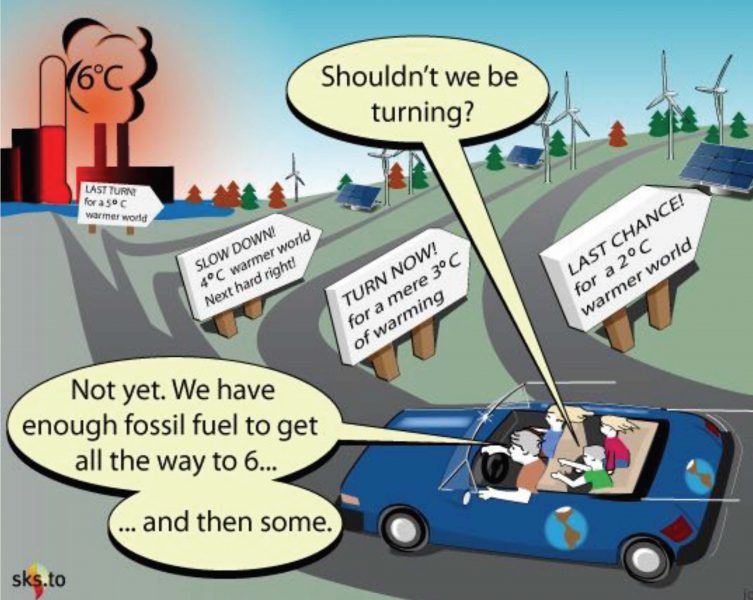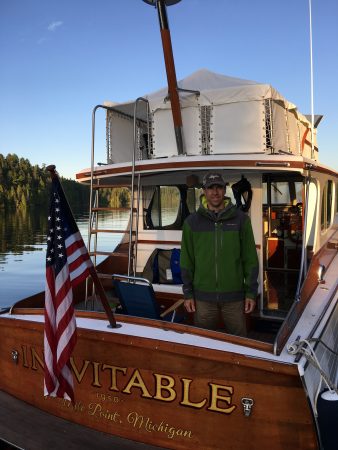

Jim Baker (VPR) presented “Supporting Tech Companies from Pre-Launch to Investment” at the Midwest Growth Capital Symposium, held virtually and hosted by the University of Michigan’s Zell Lurie Institute for Entrepreneurial Studies.
The symposium also was attended by two Michigan Tech startup companies, SuPyRec and ZiTechnologies. Company representatives presented to prospective investors and hosted virtual booths throughout the event.
SuPyRec is led by David Shonnard (ChE) and is commercializing plastics recycling technology developed in his lab. ZiTechnologies is led by PhD graduate Stas Zinchik and is commercializing clean energy technology based on research conducted in Ezra Bar Ziv’s lab (ME-EM).
Both companies are leveraging support resources available within Michigan Tech’s Office of Innovation and Commercialization through Nate Yenor, director of technology business incubation, in close collaboration with MTEC SmartZone, the Michigan Small Business Development Center and Husky Innovate.
By Jim Baker, Vice President for Research Office.
The symposium took place May 17 and 18, 2022.




